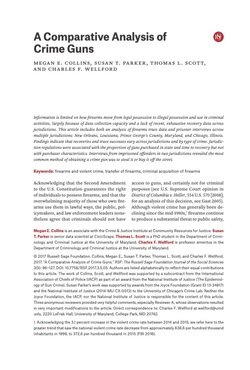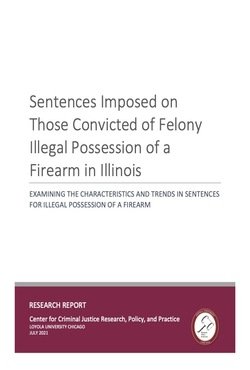By Armed Conflict Location & Event Data Project (ACLED) and Everytown for Gun Safety
In August 2020, loosely organized militias began to patrol Kenosha, Wisconsin, openly carrying guns in direct response to the demonstrations for racial equity in the city after the police shooting of Jacob Blake. One of those who answered a militia’s call-to-arms was Kyle Rittenhouse, a then 17-year-old from Illinois who wandered in Kenosha armed with an AR-15-style rifle. He patrolled the streets openly brandishing his long gun and, within hours of his arrival, had shot three people among the demonstrators, killing two. The violence in Kenosha may have been even worse had the Federal Bureau of Investigation (FBI) not arrested two heavily armed individuals who had driven from Missouri to Kenosha — after the highly publicized shootings — allegedly “with the intention of possibly using the firearms on people.” The two men had attended a Trump rally in Kenosha and planned to continue on to Portland, Oregon. Both were members of the Missouri-based 417 Second Amendment Militia, and one reportedly said he was willing to “take action” if police were defunded. The fatal shootings in Kenosha came at the tail-end of a summer spike in demonstrations nationwide following multiple police shootings and the murder of George Floyd. While the rate of demonstrations per week in the United States has decreased since then, the country continues to witness demonstrations and to grapple with sometimes violent confrontations between counter-demonstrators. In the past year and a half, the sight of demonstrators and counter-demonstrators armed with firearms has
-
become more common, and the risk of violent escalation has remained high. This collaboration between the Armed Conflict Location & Event Data Project (ACLED) and Everytown for Gun Safety Support Fund (Everytown) presents quantitative research on demonstrations in the United States during the 18-month period from January 2020 through June 2021, documenting 560 events where demonstrators, counter-demonstrators, or other individuals or groups were present and carried or brandished firearms (see inset definition).
New York: Everytown for Gun Safety and Armed Conflict Location & Event Data Project (ACLED), 2021. 17p.












